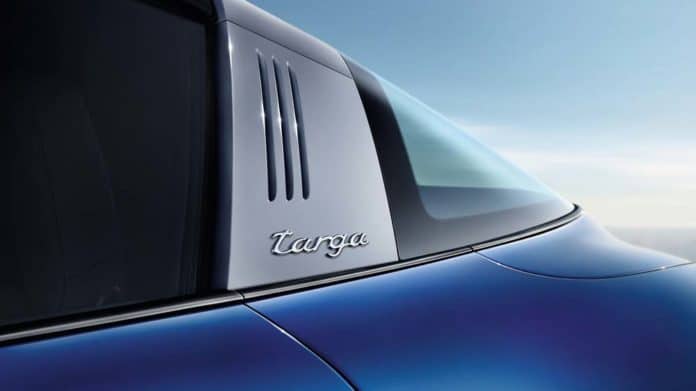In a world full of electric cars, where utility and efficiency are kings, we tend to forget how beautiful a car can be. A car can be the witness of its time but also a beautiful Design item. Classical cars had personality and modern cars tend to look alike each other. In order to remember the “good all time”, here is our review about the 1970 Porsche 911 Targa. This car is probably one of the most beautiful cars ever built and more than never it does represent a cutting edge design by Porsche. Flashback!
Porsche in 1970, the rise of 911.
The 1970s were a defining moment for Porsche. Not only the company was finalizing its legal entity, but Porsche got many victories in car racing which was contributing to building a strong reputation. The mid-’60s brought a fair amount of successes in motor-racing with various models including the 550 spyder and as the 356 was desperately in need of a redesign, the company launched the Porsche 911. Introduced in September 1964 by Porsche AG of Stuttgart, Germany. It has a rear-mounted flat-six engine and all-round independent suspension. It has undergone continuous development, though the basic concept has remained unchanged. The original design was led by Ferdinand Porsche’s eldest son, Ferdinand Alexander Porsche.
The 911 has been modified by private teams and by the factory itself for racing, rallying, and other forms of automotive competition. It is among the most successful competition cars. In the mid-1970s, the naturally aspirated 911 Carrera RSR won major world championship sports car races, such as Targa Florio and 24 Hours of Daytona, even against prototypes. The 911-derived 935 turbos also won the 24 Hours of Le Mans in 1979 and Porsche won World Championship for Makes titles in 1976, 1977, 1978 and 1979 with 911-derived models.
- Cylinders: H6
- Power: 130hp
- Displacement: 1991cm3
- Top speed: 131 mph (211 km/h)
- 0-62mph(100km/h): 8.7s
- Gearbox: 5-speed manual
- Length: 163.9 in (4163 mm)
- Width: 63.4 in (1610 mm)
- Height: 52 in (1321 mm)
Across decades, Porsche became a very successful automobile manufacturer, launching many different models but the 911 remain the heart of the brand, its signature to eternity.
The Targa saga
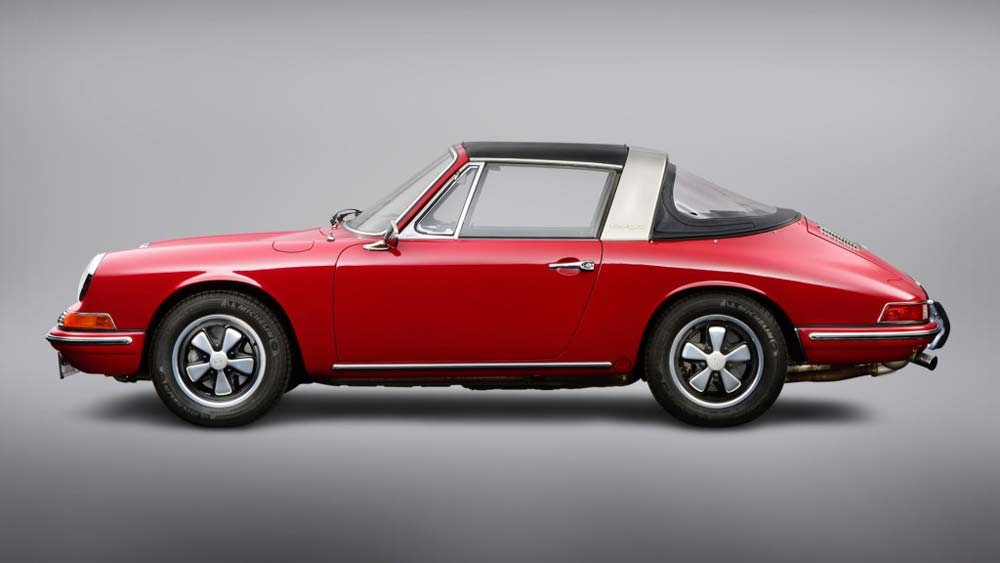
Porsche introduced the 911 Targa at the International Motor Show in Frankfurt in September 1965. The Targa is neither a cabriolet nor a coupé, neither a hard top nor a saloon, but something completely new: the first safety cabriolet in the world with a fixed safety or roll bar. To understand how Porsche came across the Targa concept, we need to understand the context at that time. There was a strong safety requirement for open-top cars in order to avoid bad accidents, especially in the American market. A lot of people even wanted to completely ban cabriolets from their markets. The Targa concept was a way to prove that open-top cars can be as safe as normal cars. Here is a great timeline made by Porsche:
The Targa also remained a fixture of the second 911 generation product line, the models of the G series established in the late summer of 1973. The 911 body was sustainably redesigned for the first time, now featuring new box-shaped bumpers with black bellows on the rear, in accordance with new United States legislation. They were able to withstand impacts without any damage to the body, up to speeds of 8 km/h. The technical Targa roof architecture has not been changed.
In the autumn of 1993, the fourth generation of the 911 Model 993 was launched in conjunction with a new body design, with a new Targa concept being produced in November 1995. The 993 generation, without the Targa roll bar, took the Targa design in a completely different direction. The roof was now encased within a longitudinal protective structure made of tinted heat-insulating glass, extending from the front window frame to the rear. The main benefits of the new solution included reduced wind noise with a sun-drenched interior when the roof was closed. A continuing characteristic of this Targa: the tapered rear windows. The new Targa concept of the 993 series combined open-top driving pleasure with the 911 for the first time, without fundamentally changing the classic coupé roofline.

In the autumn of 1993, the fourth generation of the 911 Model 993 was launched in conjunction with a new body design, with a new Targa concept being produced in November 1995. The 993 generation, without the Targa roll bar, took the Targa design in a completely different direction. The roof was now encased within a longitudinal protective structure made of tinted heat-insulating glass, extending from the front window frame to the rear. The first 911 to have a rear window that could be rolled up was the new Targa, too. This made the rear storage compartment with up to 230 liters of storage space easy to reach for packing suitcases, bags or other luggage.
In September 2006, the 911 Targa, which now belongs to the sixth 911 generation, type 997, was launched. It had the same Targa roof style in theory as its predecessor, but with an additional functional rear lid. However it was possible to reduce the weight by 1.9 kg with the use of special glass, and two high-gloss polished aluminium strips around the edges of the roof were particularly eye-catching. Moreover the 911 Targa was only available in the two all-wheel drive models of the 911 T Targa.
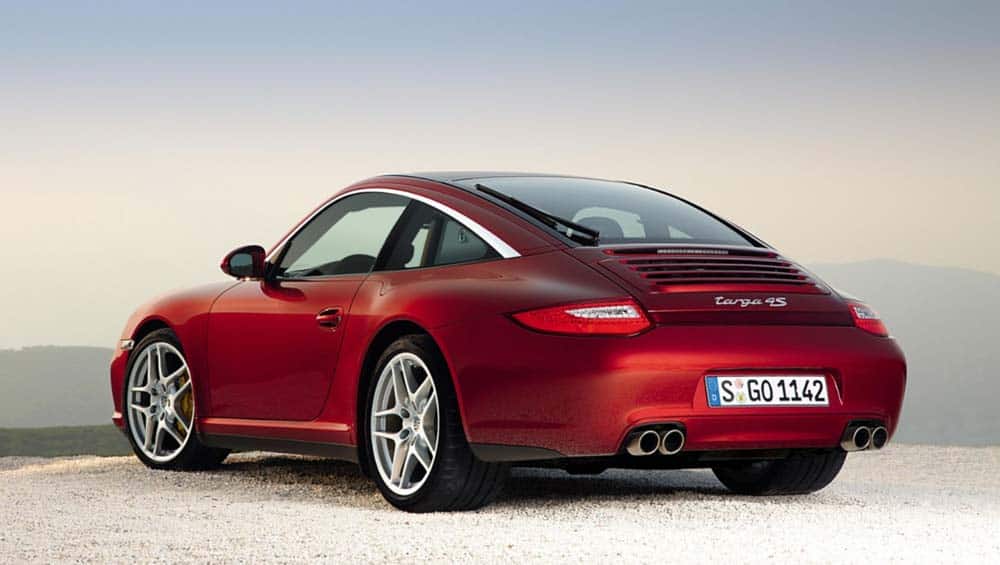
Porsche launched the seventh and completely updated 911 generation in September 2011. The 911 Targa, cast as a modern classic with its revolutionary Targa roof, was unveiled in January 2014 following the coupé and cabriolet body models. For the first time, the iconic Targa concept was effectively coupled with state-of-the-art roof comfort. The new model had the characteristic large bar in place of B-pillars, a rotating roof portion above the front seats, and a wrap-around rear window without a C-pillar, much like the famous original Targa. But unlike the classic models, at the click of a button, the roof opened and closed in the new Targa. Behind the rear seat system, the fully automatic roof system spectacularly hid the hardtop feature. A high-end creative new version of the 1965 classic reflects the new 911 Targa.
- Cylinders: H6
- Power: 420hp
- Displacement: 2981cm3
- Top speed: 188 mph (303 km/h)
- 0-62mph(100km/h): 4.2s
- Gearbox: 8-speed PDK transmission or 7-speed manual transmission
- Length: 177.13 in (4163 mm)
- Width: 72.91 in (1,852 mm)
- Height: 50.91 in (1,293 mm)
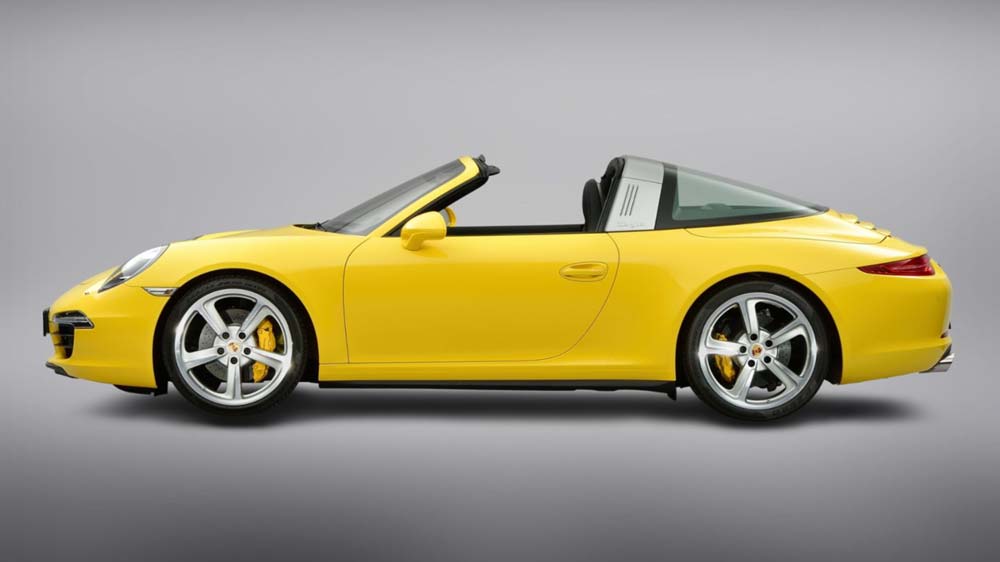
Beautiful images for the pleasure of the eyes
Please find here below beautiful images to celebrate the beauty of such car that became a true icon of design and elegance across the world. Continuous refinement of its roof and body make the Targa concept as fascinating today as it was back then.


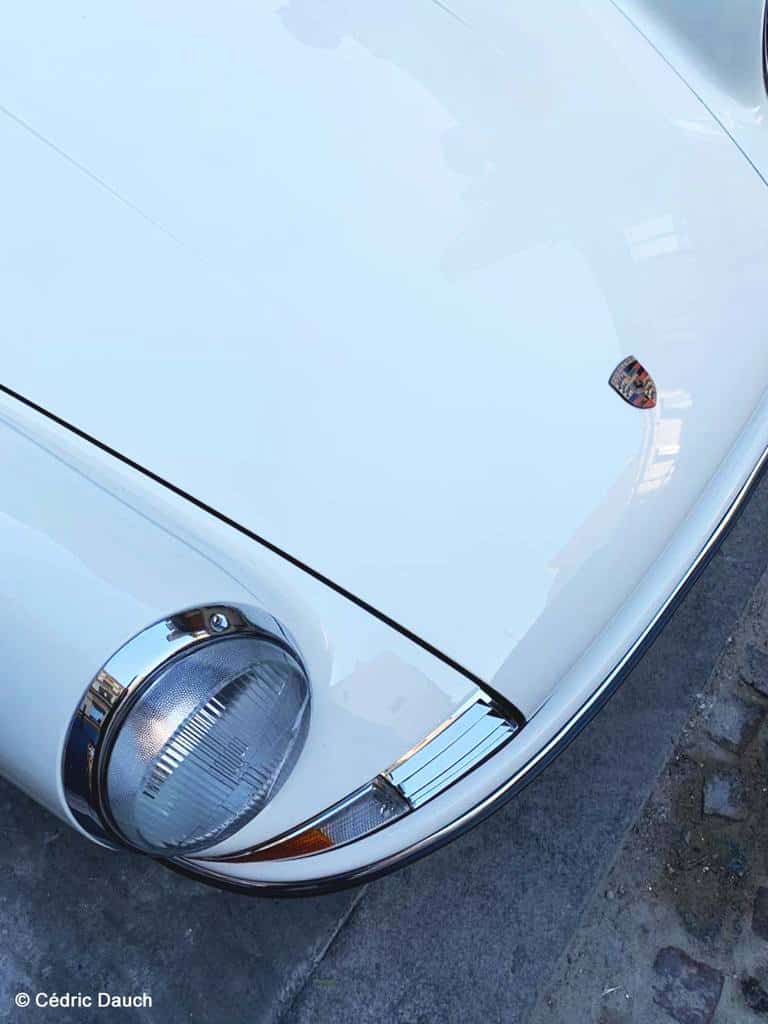
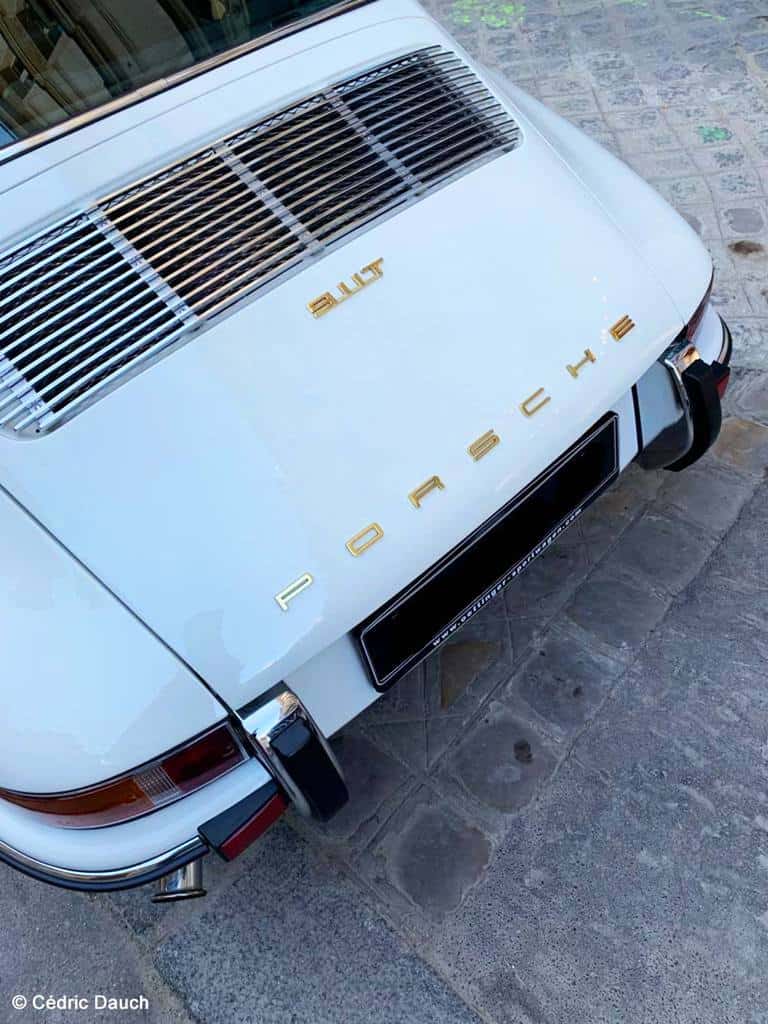

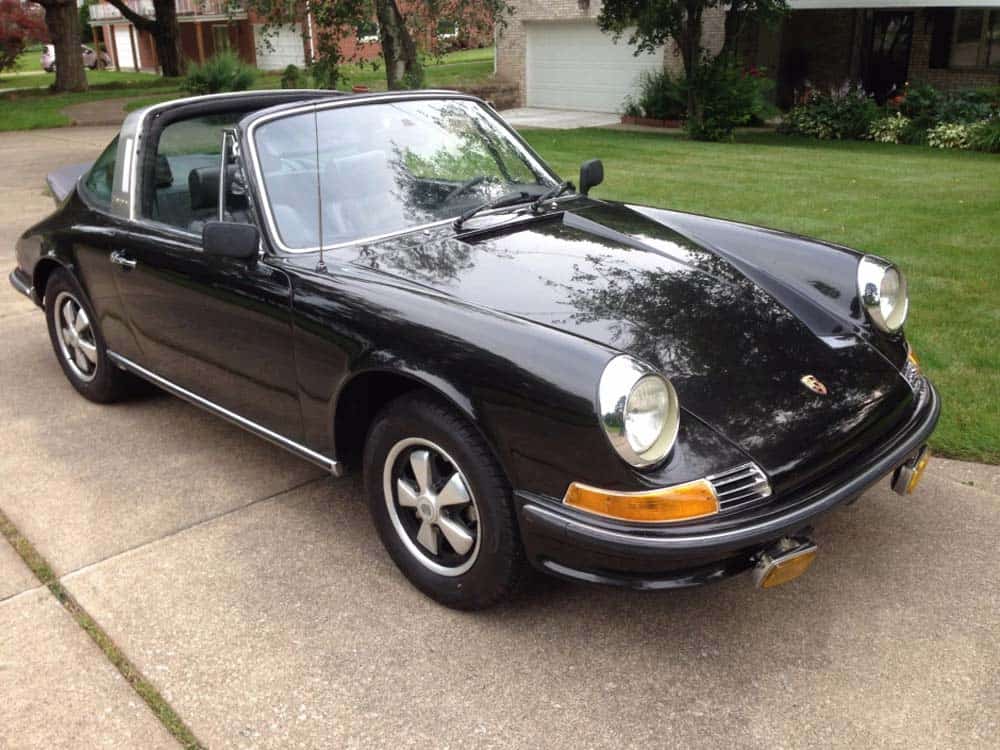
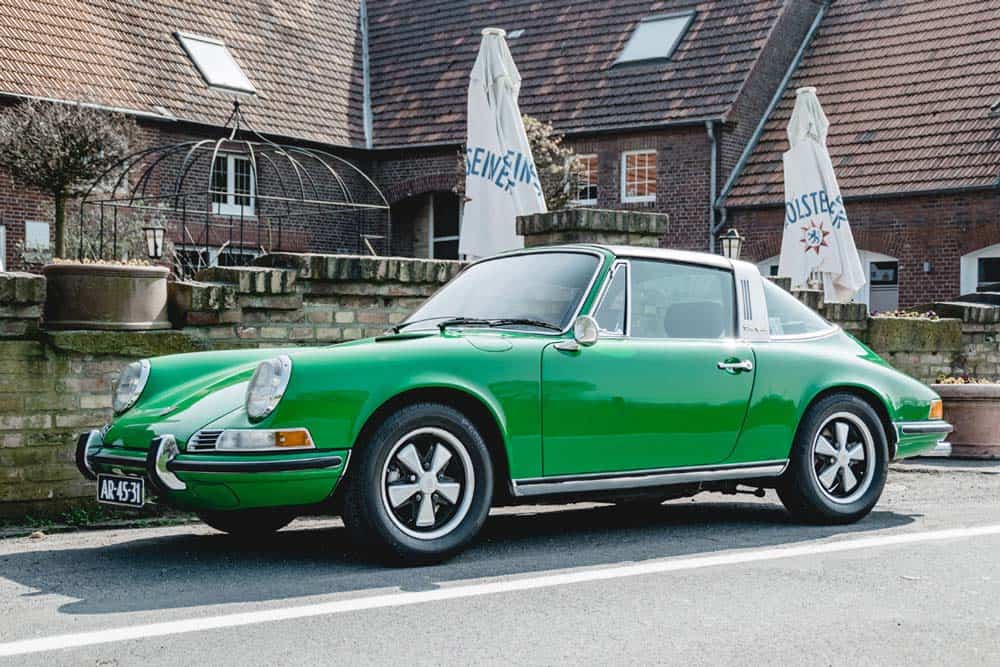

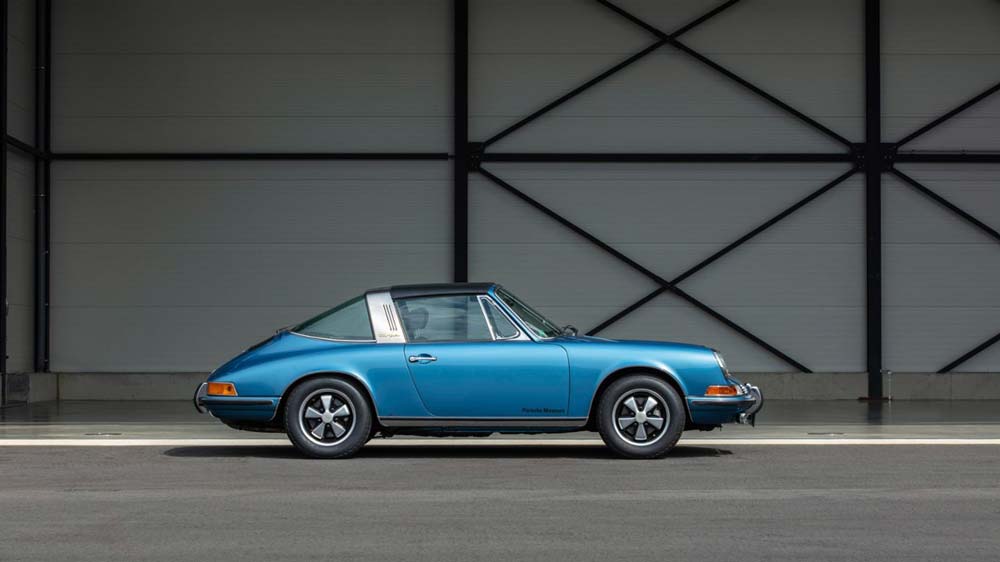

I hope you enjoyed the ride.
José Amorim
Information sourced by the author for luxuryactivist.com. All content is copyrighted with no reproduction rights available. Images are for illustration purposes only.
